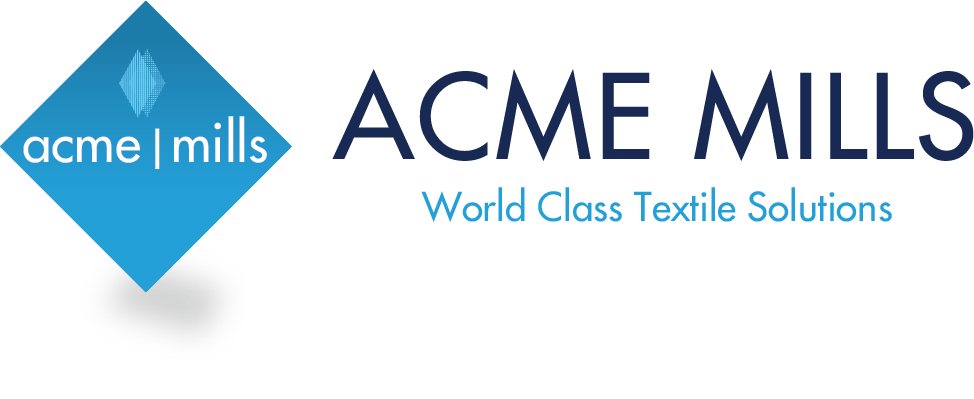As explained by Geosynthetics Magazine in their article titled “What is the difference between a woven and nonwoven geotextile?” the utilization of geotextiles has witnessed steady growth over the past century. Initially, geotextiles were derived from readily available textiles in the market, such as carpet backing and upholstery fabric. Manufacturers have since tailored geotextiles to enhance their benefits in roadway construction. However, choosing between the two main types, woven and nonwoven geotextiles, can still be a source of confusion for many.
This article aims to dispel common misconceptions regarding the functions of woven and nonwoven geotextiles by delving into their unique characteristics and applications.
First-generation woven geotextiles were crafted from slit tapes, extruded flat yarns woven at 90-degree angles to create a robust textile. However, their wide, smooth surface led to poor water permittivity and limited soil interaction properties, making them unsuitable for civil applications, especially in wet conditions.
Over time, advancements in woven geotextiles have resulted in more effective materials with improved flow rates and higher interaction coefficients. These improvements have rendered them highly suitable for civil applications, providing functions such as separation, confinement, and reinforcement, as well as enhanced filtration and drainage capabilities.
Click here to explore Acme Mills’ capabilities and products.
Photo and article with all rights reserved, courtesy of geosyntheticsmagazine.com










